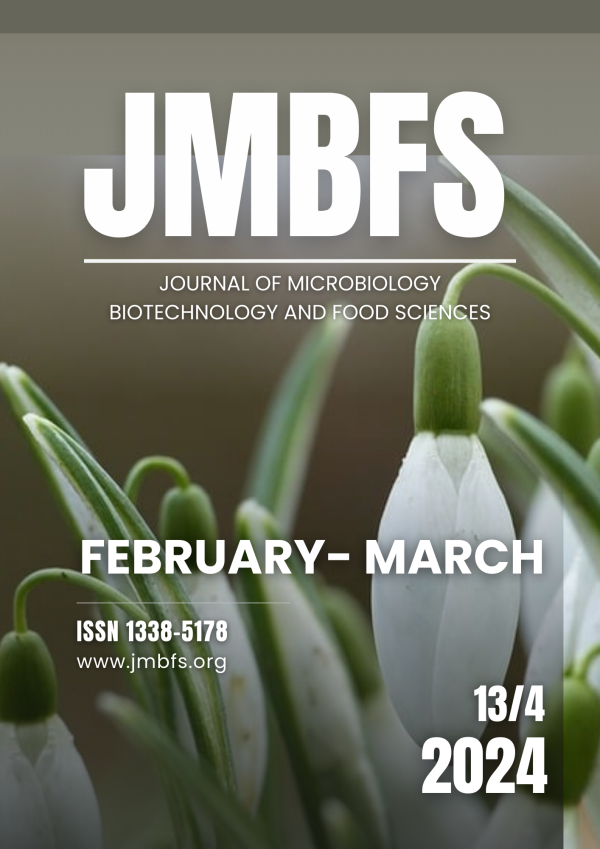NUTRITIONAL AND BIOACTIVE PROPERTIES OF SOLANUM QUITOENSE LAM: NATIVE FRUIT FROM THE SOUTH AMERICAN ANDES
DOI:
https://doi.org/10.55251/jmbfs.10386Keywords:
Lulo, antioxidant capacity, native fruits, Solanaceae, bioactive compoundsAbstract
The increasing interest in tropical fruits has been observed worldwide, driven by their desirable sensory and nutritional characteristics. Lulo (Solanum quitoense L.), an exotic and native South American fruit, is predominantly used in beverage production and commercially marketed in Colombia and Ecuador. However, the perishable nature presents challenges for their commercialization to market. This has prompted food researchers to be interested in developing new Lulo-based products, that can have an agro-industrial impact in the countries of origin. Lately, a growing number of studies have aimed to uncover the nutritional and bioactive properties of Lulo. These studies have revealed that the fruit is rich in vitamin C, chlorogenic acids, phenolic compounds, and bioactive amines, making it an attractive raw material for the agri-food and pharmaceutical industries. This review summarizes the current understanding of the properties of Solanum quitoense L., including its physicochemical, nutritional, and bioactive properties. The fruit's high concentration of beneficial compounds has increased interest from industries and presents new opportunities for economic growth in the countries where it is grown. The growing demand for natural products underscores the need for further research on Lulo's potential applications and benefits, which could result in the development of new and economically viable products.
Downloads
Downloads
Published
How to Cite
Issue
Section
License
Copyright (c) 2023 Antonio José Obregon, María Dolores López, Diego Angeles

This work is licensed under a Creative Commons Attribution 4.0 International License.
All papers published in the Journal of Microbiology, Biotechnology and Food Sciences are published under a CC-BY licence (CC-BY 4.0). Published materials can be shared (copy and redistribute the material in any medium or format) and adapted (remix, transform, and build upon the material for any purpose, even commercially) with specifying the author(s).





